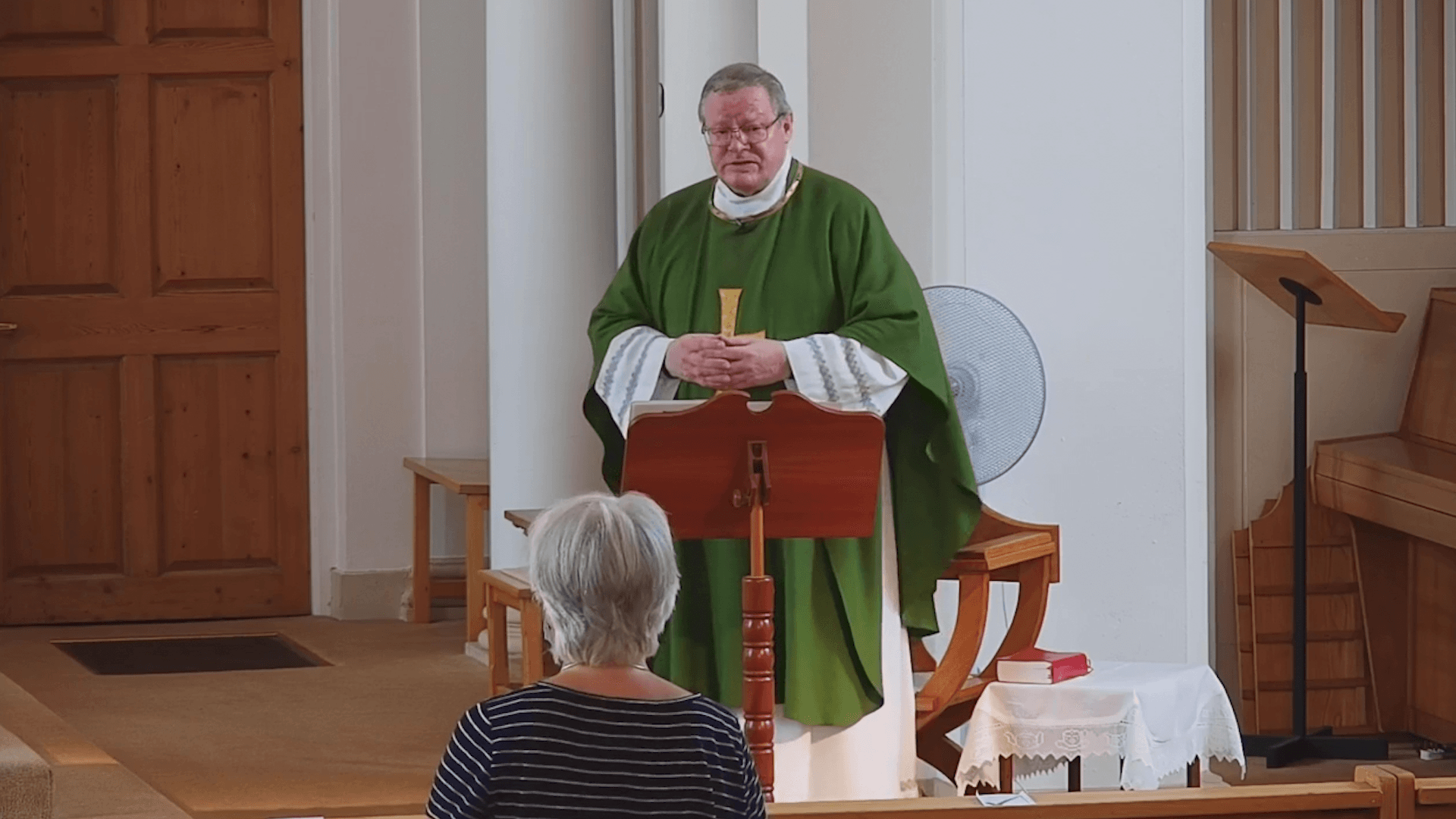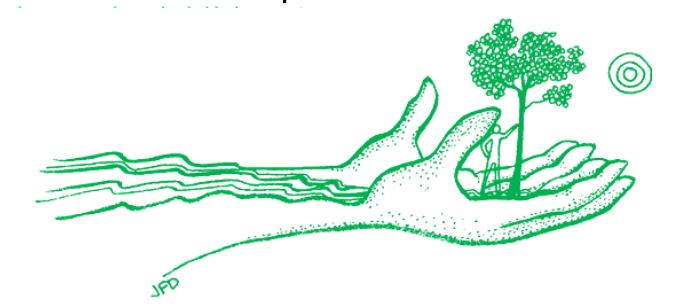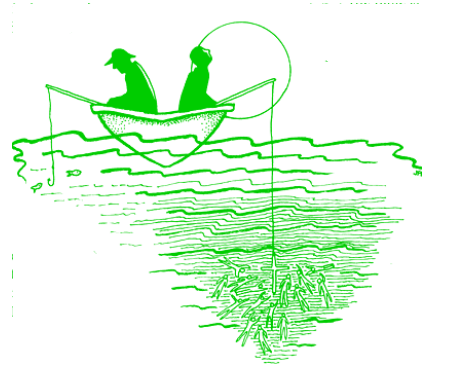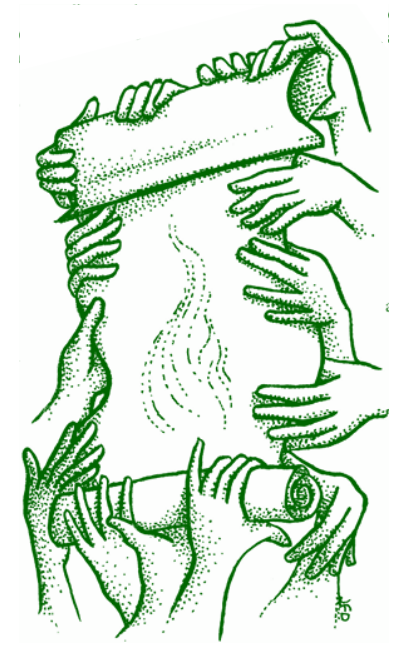









In this week’s reading from Genesis, God makes a “big ask” of Abram, asking him to leave the only place he knows to travel to an unknown land and start over. The ask comes with a promise, and because Abram takes the risk, God rewards him with descendants who multiply and eventually become the Jewish people. The three disciples who climb the mountain with Jesus in today’s Gospel reading have Abram to thank for their existence as worshipers of Yahweh.
While last week’s reading about Jesus’ temptations in the desert showed us how fully human Jesus was, this week’s reading of Jesus’ Transfiguration shows us another side of him, his more-than-human side. These different sides of Jesus that show up in the Gospels can, at times, seem confusing or even contradictory. Is Jesus human, or is he divine? Which is it? We can make ourselves crazy trying to figure this out intellectually. Instead, if we allow it to be a mystery that we don’t have to explain, we can more readily accept the gift in the mystery.
Sometimes we need a Jesus who knows what it was like to be human like us. We need to be able to relate to him as someone who knew physical hunger, thirst, and fatigue, and someone who, at times, cried, was filled with fear, got impatient, and even became angry. The Gospels tell us Jesus felt all of these things. At other times, we need a Jesus who is more than human to save us. We need a Jesus who can turn a few fish and loaves into enough food to feed thousands, who can calm a raging storm on the sea, and who can cure someone who has been sick, blind, or paralyzed for years. The Gospels tell us Jesus did all those things too.
When Peter, James, and John saw Jesus transfigured on the mountaintop, along with two of the greatest people from their history, they couldn’t have understood what they were seeing. They could have spent the rest of their lives trying to “figure out” what happened up there, and what it all meant. Instead, they are told to let the intellectual debates go. Simply enough, the voice from heaven instructs them to listen to Jesus. With that, they get up, go down the mountain, and spend the rest of their lives studying him closely and trying to live out his teachings.
Questions of the Week
Can you relate to Jesus more as a human or more as God? How so?
Have you had an experience of being asked to trust Jesus/God even though you couldn’t understand something with your mind?









